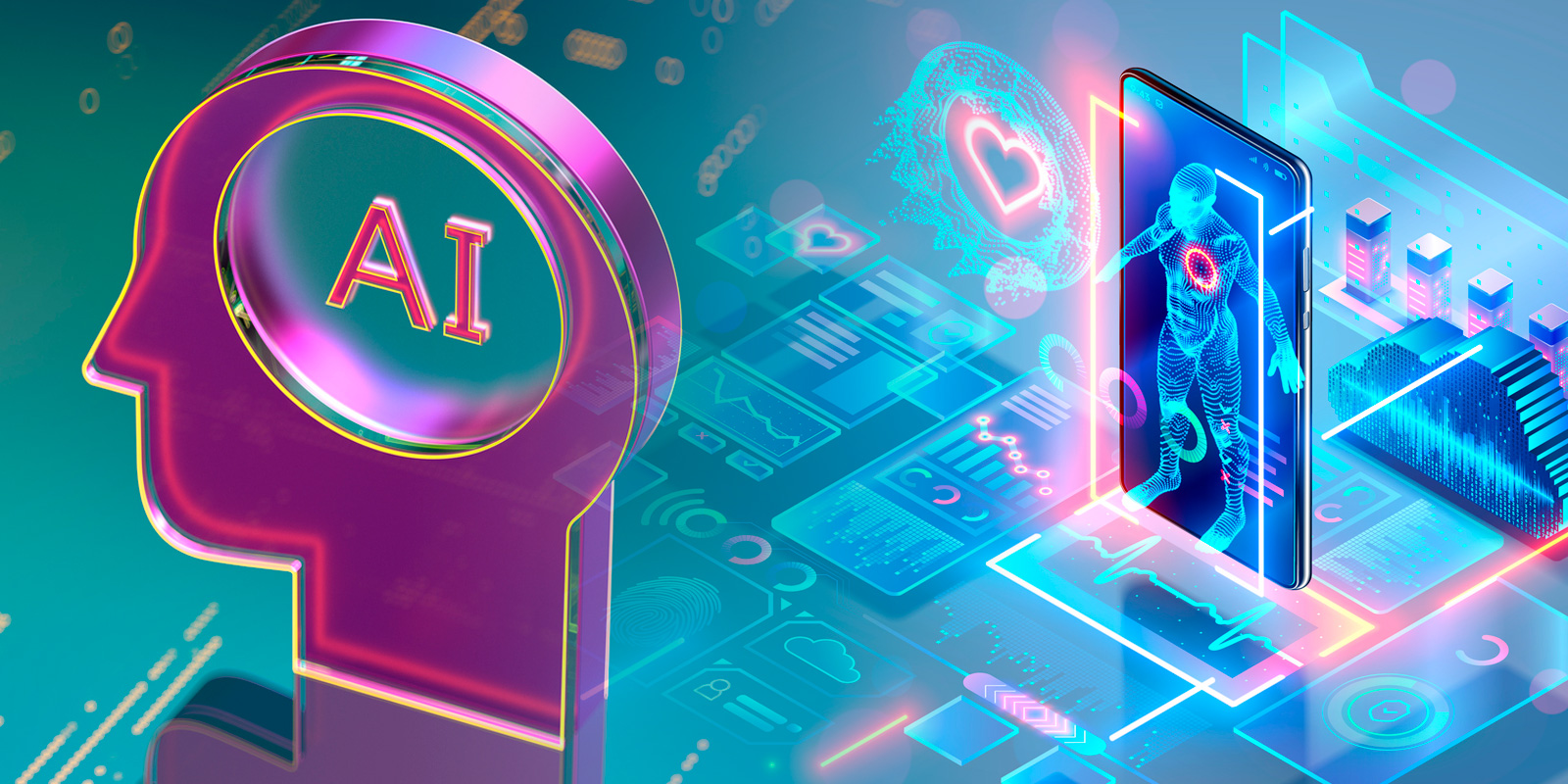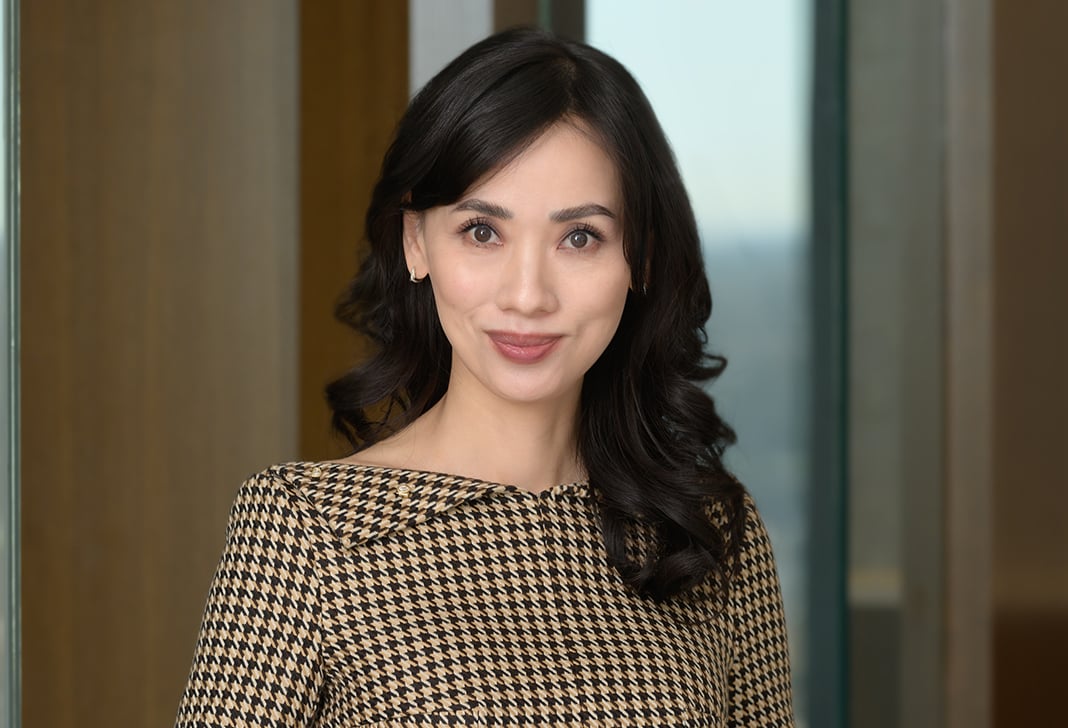
USPTO Issues Patent Eligible Subject Matter Guidance for AI Inventions
In Short
The Situation: Concerns that uncertain and unpredictable patent subject matter eligibility jurisprudence thwarts U.S. economic and technological advancements are especially acute in the fast advancing AI space. Stakeholders voiced apprehension that AI inventions are vulnerable to subject matter eligibility rejections under the current legal framework.
The Development: On July 17, 2024, the United States Patent and Trademark Office ("USPTO") released updated guidance to address the subject matter eligibility of AI inventions.
Looking Ahead: By assuring the subject matter eligibility of AI inventions, the guidance mitigates at least some of the perceived risks associated with AI patent assets.
As a part of an ongoing effort to address issues at the intersection of artificial intelligence ("AI") and intellectual property, the USPTO issued a much anticipated guidance on subject matter eligibility ("SME") with a focus on AI inventions ("SME guidance" or "guidance"). The guidance reviews the USPTO's SME endeavors and states that the USPTO has "received extensive input from public" about SME and AI. 89 Fed. Reg. 58128, 58130.
SME is a fundamental requirement for a valid patent. Under the current Alice / Mayo legal paradigm, an invention is ineligible for patent protection if it is directed to a judicial exception (i.e., an abstract idea, a law of nature, or a natural phenomenon) and lacks additional elements that amount to significantly more than the judicial exception. Framed as an update to the 2016 and 2019 SME guidances, this latest SME guidance aims to further clarify the existing criteria for SME in the context of AI inventions. However, the "guidance does not constitute substantive rulemaking and does not have the force and effect of law." Id. at 58131. Rather, the guidance sets forth the USPTO policy on SME in view of current jurisprudence. Id. Although the ostensible focus is AI, the guidance states that it may also apply to other types of inventions. Id.
The guidance provides two flowcharts outlining the SME analysis to be conducted by USPTO personnel. Upon establishing the broadest reasonable interpretation of the claims as a whole, the flowcharts set forth a two-step process for determining if a claim fulfills the criteria under 35 U.S.C. § 101 for patentable subject matter. The first step is to ask if the claim is directed to a process, machine, manufacture, or composition of matter, as required by 35 U.S.C. § 101. If the answer is no, then the claim is not directed to patentable subject matter. Contrastingly, if the answer is yes, then the analysis proceeds to steps 2A and 2B. Step 2A includes two prongs—namely step 2A, prong 1, does the claim recite a judicial exception?, and step 2A, prong 2, "[d]oes the claim recite additional elements that integrate the judicial exception into a practical application?". Id. at 58133. If the answer to step 2A, prong 1 is no, then the claim is directed to patentable subject matter. If the answer to step 2A, prong 1 is yes, then the USPTO personnel address step 2A, prong 2. If the answer to step 2A, prong 2 is yes, then the claim is directed to patentable subject matter. However, if the answer to step 2A, prong 2 is no, then the USPTO personnel move to step 2B, which is to assess whether the claim recites additional elements that amount to significantly more than the judicial exception. The guidance notes that "[s]tep 2B includes a consideration of whether the additional element (or combination of elements) is a well-understood, routine, conventional activity." Id. at 58133.
For AI inventions, which generally fall under the broad category of computer-implemented inventions, the USPTO reports that stakeholders expressed concern about the evaluations of step 2A, prongs 1 and 2. With respect to step 2A, prong 1, the guidance states that personnel "must draw a distinction between a claim that 'recites' an abstract idea . . . and one that merely involves, or is based on, an abstract idea." Id. at 58134. The guidance states that "MPEP 2106.04(a) instructs USPTO personnel to determine whether a claim recites an abstract idea by (1) identifying the specific limitation(s)" believed to "recite an abstract idea; and (2) determining whether the identified limitation(s) fall within at least one grouping of abstract ideas," such as mathematical concepts, certain methods of organizing human activity, and mental processes, which are often present in AI inventions. Id. at 58135. The guidance references the MPEP and provides some examples relating to each of those three groupings of abstract ideas.
For step 2A, prong 1, the guidance instructs USPTO personnel to "evaluate whether the claim as a whole integrates the recited judicial exception into a practical application of the exception, and thus is not 'directed to' the judicial exception, in step 2A, prong 2." Id. at 58136. Evaluation of integration into a practical application is determined by: "(1) identifying whether there are any additional elements beyond the judicial exception(s); and (2) evaluating those additional elements individually and in combination to determine whether they integrate into a practical application exception." Id. This analysis includes consideration of "whether the additional elements improve the functioning of a computer or another technology, whether the claim generally links the judicial exception to a particular technological environment or field of use, or whether there is a step in the claim that applies or uses the judicial exception to effect a particular treatment or prophylaxis for a disease or medical condition." Id. The guidance states that step 2A, prong 2 "specifically excludes consideration of whether the additional elements represent well-understood, routine, conventional activity." Id. Thus, the guidance obviates the need to assess the inventive concept in evaluating the integration of a practical application in the claim, and indicates that claims based upon an abstract idea, but which have a practical application integrated, are directed to patentable subject matter.
For AI inventions, a key point of distinction is "to be made between a claim that reflects an improvement to a computer or other technology . . . and a claim in which the additional elements amount to no more than (1) a recitation of the words 'apply it' . . . or are no more than instructions to implement a judicial exception on a computer, or (2) a general linking of the use of a judicial exception to a particular technological environment or field of use." Id. at 58137. In determining whether a claim improves a technology, what should be considered "is the extent to which the claim [of an AI invention] covers a particular solution to a problem or a particular way to achieve a desired outcome, as opposed to merely claiming the idea of a solution or outcome." Id.
The three new AI-specific SME analysis examples accompanying the guidance further emphasize the criticality of details on how AI provides "a technological solution to a technological problem." Such rhetoric reinforces the principle that a patent application that faithfully captures the technical sophistication of the underlying invention is paramount to subject matter eligibility. In the guidance, Example 47 relates to the use of an artificial neural network to identify anomalies. Example 48 relates to AI-based methods of analyzing speech signals and separating desired speech from extraneous speech. Example 49 relates to the use of an AI model designed to assist in personalizing medical treatment to the individual characteristics of a particular patient.
In addition to the SME of AI inventions, the SME guidance also clarified that the use of AI in developing an invention has no bearing on its SME. According to the guidance, "how an invention is developed is not relevant to the subject matter eligibility inquiry." Id. at 58138. In other words, AI-assisted inventions are subject to the same SME considerations as other inventions.
Akin to earlier guidances on inventorship, use of AI tools in practice before the USPTO, and practitioner misconduct relating to AI use, this SME guidance reflects the broader policy articulated in the Biden administration's "Executive Order on the Safe, Secure, and Trustworthy Development and Use of Artificial Intelligence" that "[p]romoting responsible innovation, competition, and collaboration" in AI "requires … tackling novel intellectual property (IP) questions and other problems to protect inventors and creators." Id. at 58129. Furthermore, this guidance should alleviate pressing concerns for the SME of AI inventions. While not every AI invention is subject matter eligible, the guidance makes the encouraging observation that "[m]any claims to AI inventions are eligible as improvements to the functioning of a computer or improvements to another technology or technical field." Id. at 58137.
The guidance became effective on July 17, 2024, and this guidance is to be followed if there is any inconsistency with earlier guidances provided. Written comments on the SME guidance must be received by September 16, 2024.
Three Key Takeaways
- AI inventions are subject to the same subject matter eligibility inquiry as the broader category of computer-implemented (or software) inventions.
- AI inventions may be subject matter eligible as improvements to computer functions or to another technology.
- For subject matter eligibility purposes, a patent application should include details on how AI provides "a technological solution to a technological problem."







